Steak are a popular restaurant menu item because of its rich flavors and satisfying textures, but How Do Restaurants Cook Steaks? Achieving the perfect steak is an art form, one that steak restaurants have mastered through a combination of high-quality ingredients, precise cooking techniques, and attention to detail.
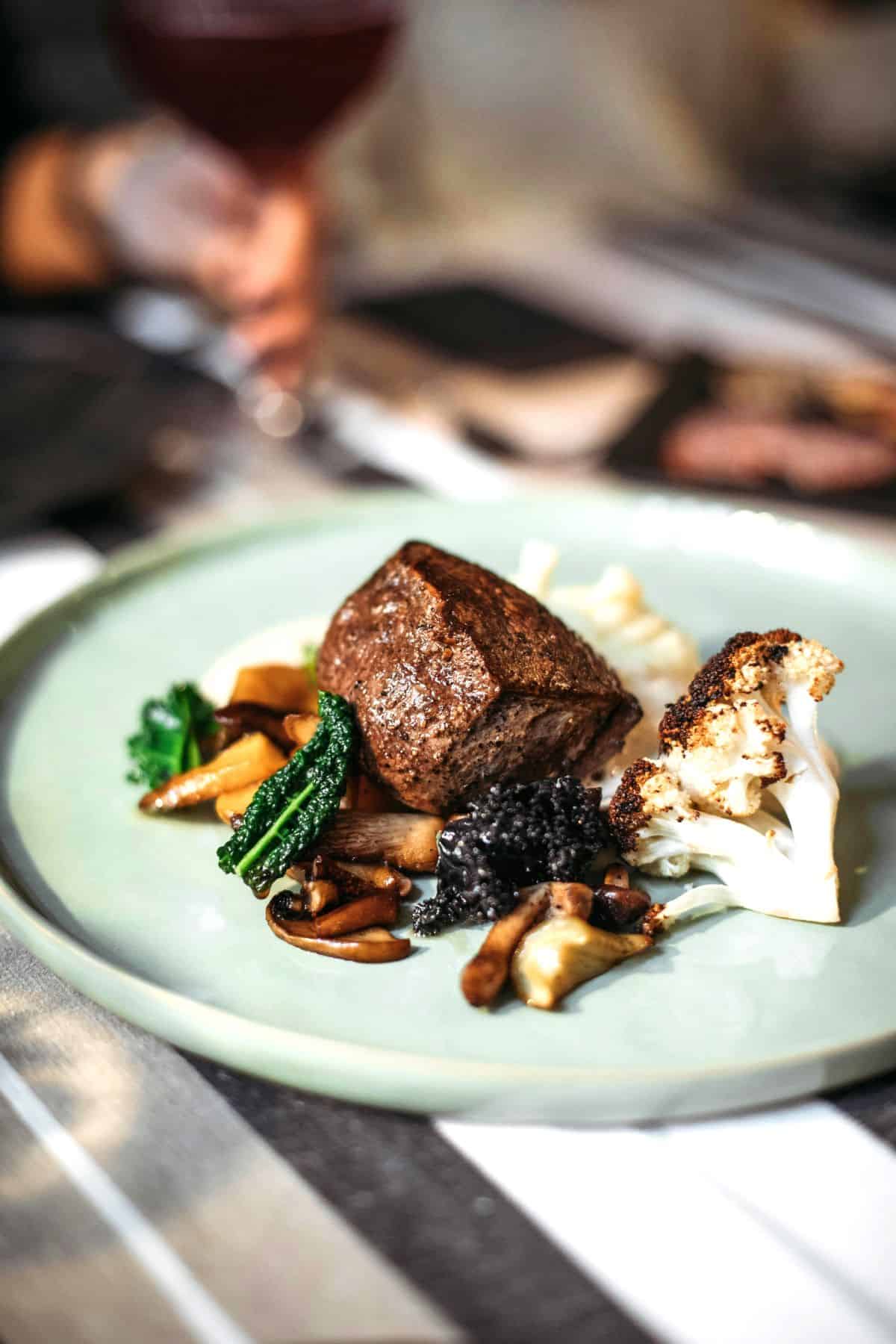
How Do Restaurants Cook Steaks?
Here’s a comprehensive look at how a steak restaurant Perth consistently serves perfectly cooked steaks.
1. Selecting High-Quality Meat
The foundation of a great steak begins with the meat itself. Steak restaurants meticulously select their cuts based on several factors:
Grade of Beef: The USDA grades beef primarily as Prime, Choice, and Select. Prime grade, with its abundant marbling, is often the choice for high-end steak restaurants due to its superior tenderness and flavor.
Aging Process: Many top steak houses use dry-aged or wet-aged beef. Dry aging, in particular, intensifies the beef's flavor and improves tenderness by allowing natural enzymes to break down muscle fibers over several weeks.
Cut Selection: Popular cuts like ribeye, filet mignon, New York strip, and T-bone each offer unique characteristics. Restaurants choose these cuts based on their marbling, flavor profiles, and customer preferences.
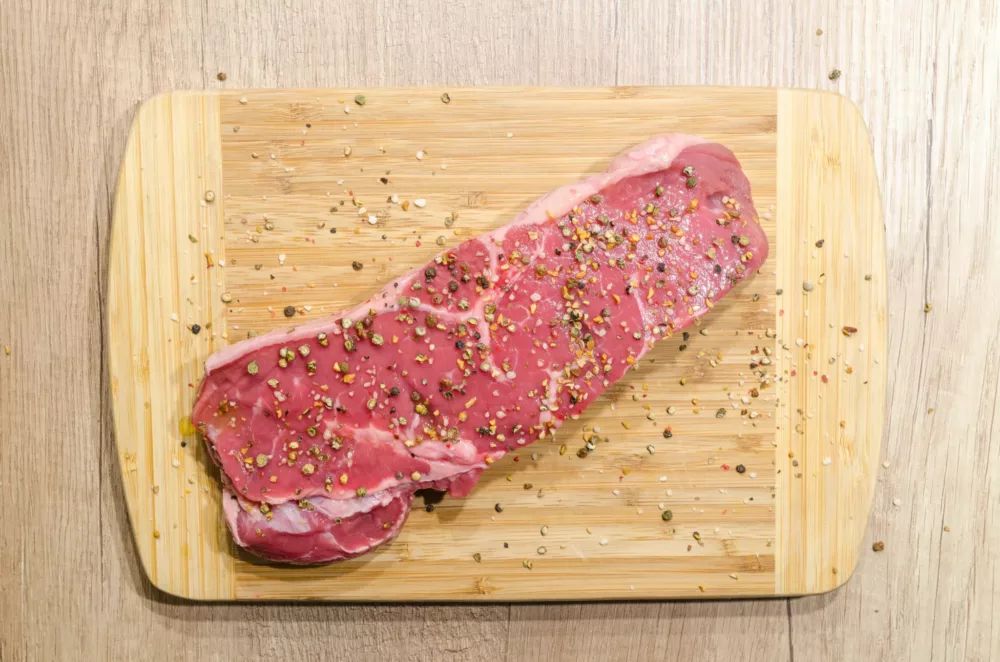
2. Proper Seasoning
Seasoning is crucial for enhancing the natural flavors of the steak. Most steak restaurants adhere to the principle of simplicity:
Salt and Pepper: A generous coating of coarse salt and freshly ground black pepper is often all that’s needed. The salt draws out moisture, creating a flavorful crust during cooking, while the pepper adds a subtle heat.
Herbs and Spices: Some chefs incorporate additional herbs like rosemary, thyme, or garlic to infuse more complex flavors, but these are typically used sparingly to complement rather than overshadow the meat.
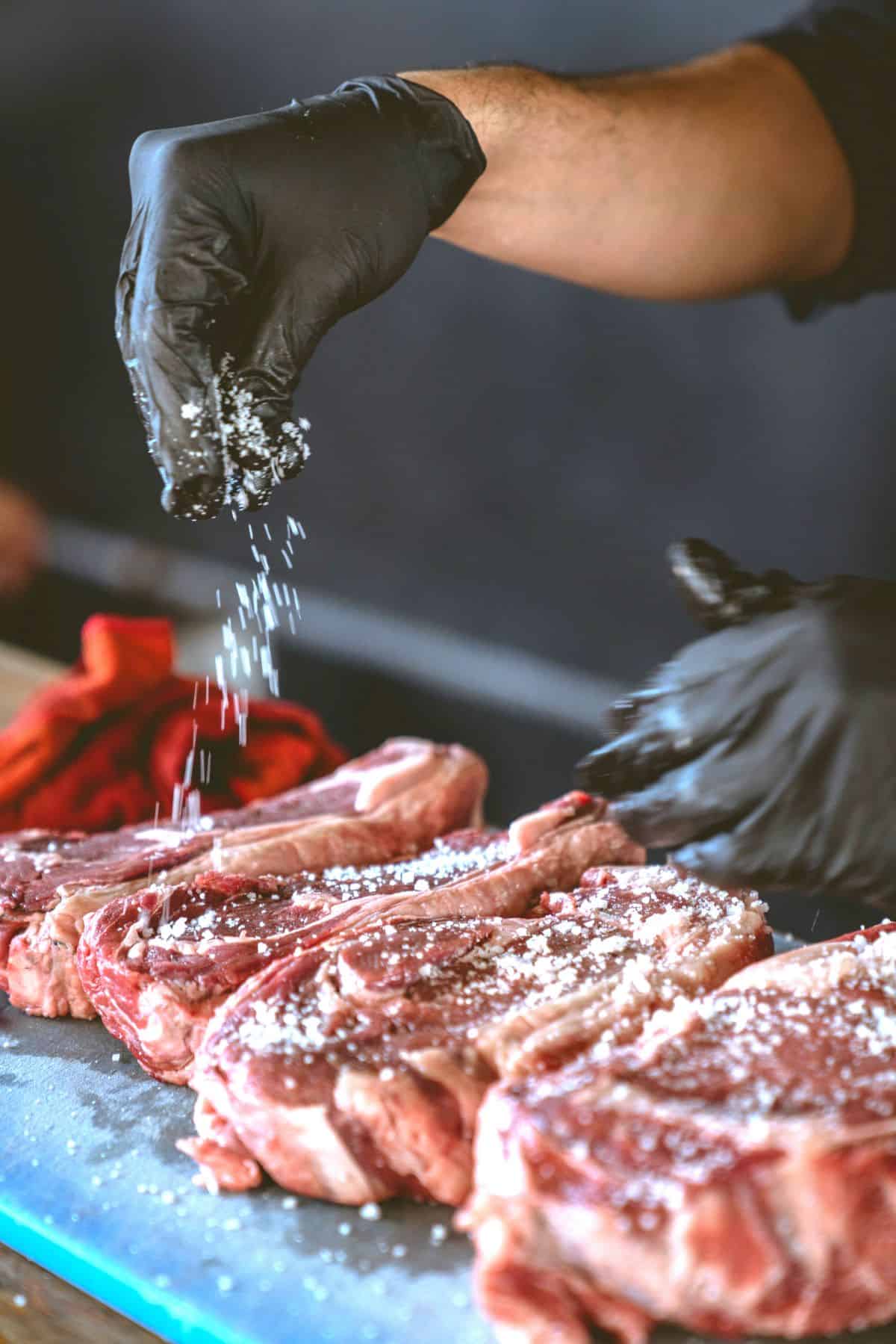
3. Temperature Control
Temperature control is critical to achieving the perfect steak. Professional kitchens utilize several techniques:
Preheating: Steaks are often brought to room temperature before cooking. This ensures even cooking and prevents the steak from being too cold in the center.
Cooking Surface: High-end steak restaurants use broilers, grills, or cast-iron skillets capable of reaching very high temperatures. These surfaces create a desirable crust through the Maillard reaction, which caramelizes the meat's natural sugars.
Internal Temperature: The key to perfect doneness lies in the internal temperature of the steak. Chefs use precise thermometers to ensure accuracy:
- Rare: 120-130°F
- Medium Rare: 130-135°F
- Medium: 135-145°F
- Medium Well: 145-155°F
- Well Done: 155°F and above
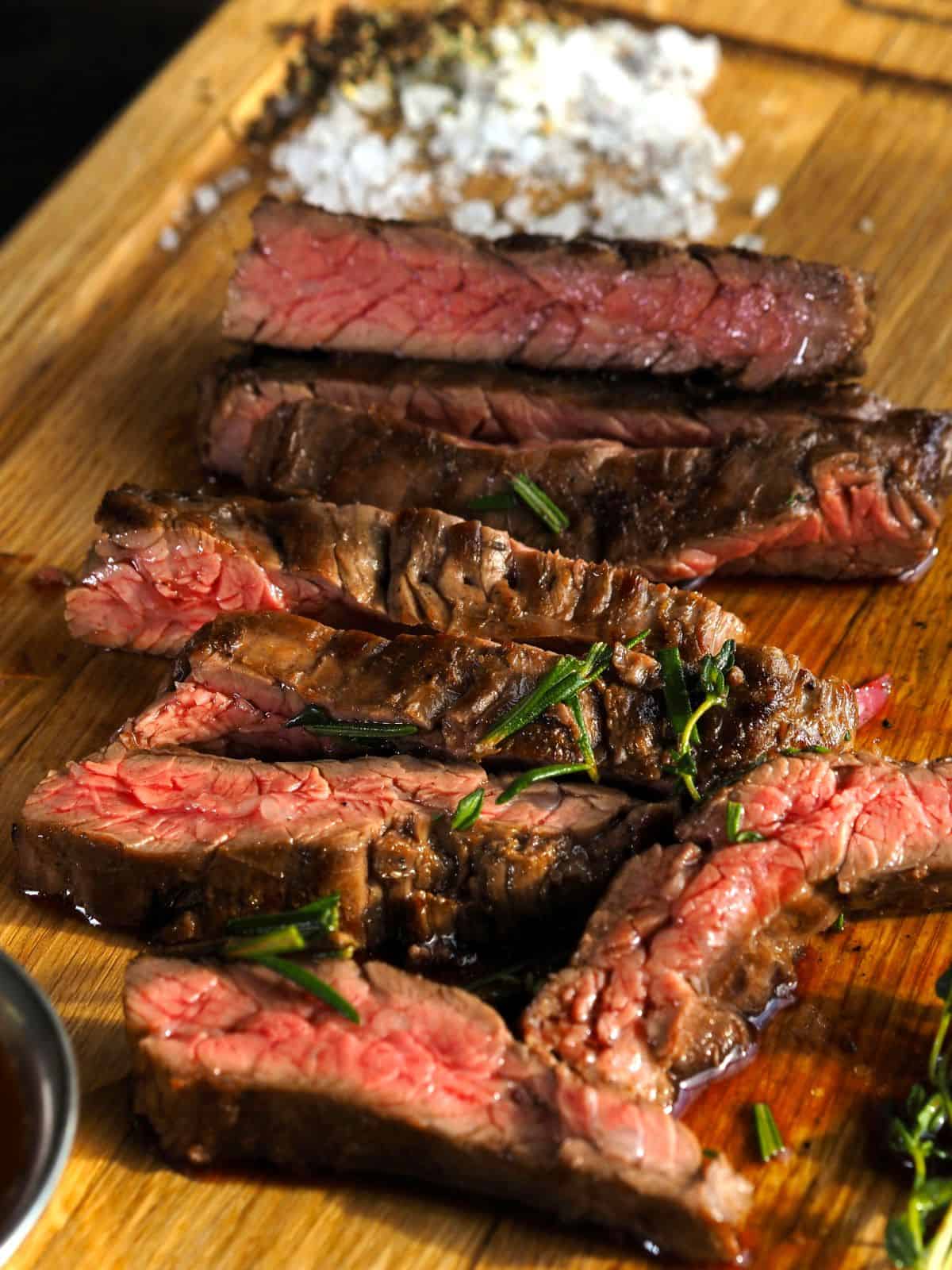
4. Cooking Techniques
Different techniques can be employed to achieve the perfect steak, each with its own merits:
Grilling: This traditional method imparts a smoky flavor and creates grill marks that many steak lovers find appealing. The high, direct heat cooks the steak quickly, sealing in juices.
Broiling: Many restaurants use broilers that reach extremely high temperatures, cooking the steak from above. This method is excellent for achieving a caramelized crust while keeping the inside tender.
Pan-Searing and Oven-Finishing: This two-step method involves searing the steak in a hot cast-iron skillet to develop a crust and then finishing it in the oven. This ensures even cooking and is especially useful for thicker cuts.
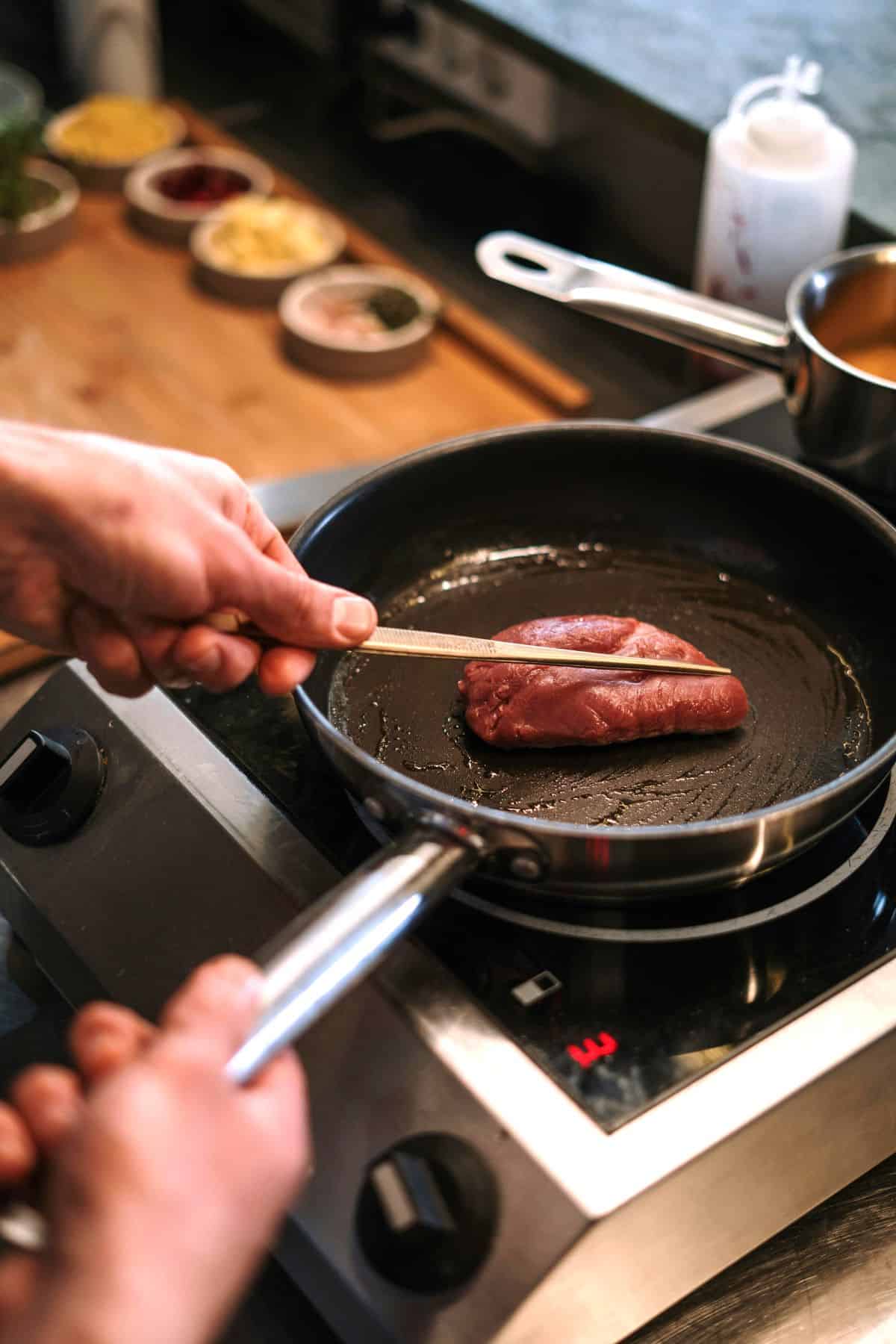
5. Resting the Steak
Once cooked, it’s essential to let the steak rest. This allows the juices, which have been driven to the surface by the heat, to redistribute throughout the meat:
Resting Period: Typically, a steak should rest for about 5 to 10 minutes. This step is crucial for retaining moisture and ensuring each bite is juicy and flavorful.
6. Final Touches
To elevate the steak to restaurant quality, chefs often add finishing touches:
Compound Butters: Butters infused with herbs, garlic, or blue cheese are placed on top of the hot steak, melting into the meat and adding an extra layer of richness.
Sauces: Classic sauces like Béarnaise, peppercorn, or chimichurri complement the steak’s flavor without overpowering it.
7. Presentation
The visual appeal of the steak is almost as important as its taste:
Slicing: For larger cuts, the steak is often sliced before serving to display the perfect doneness and make it easier for the diner to enjoy.
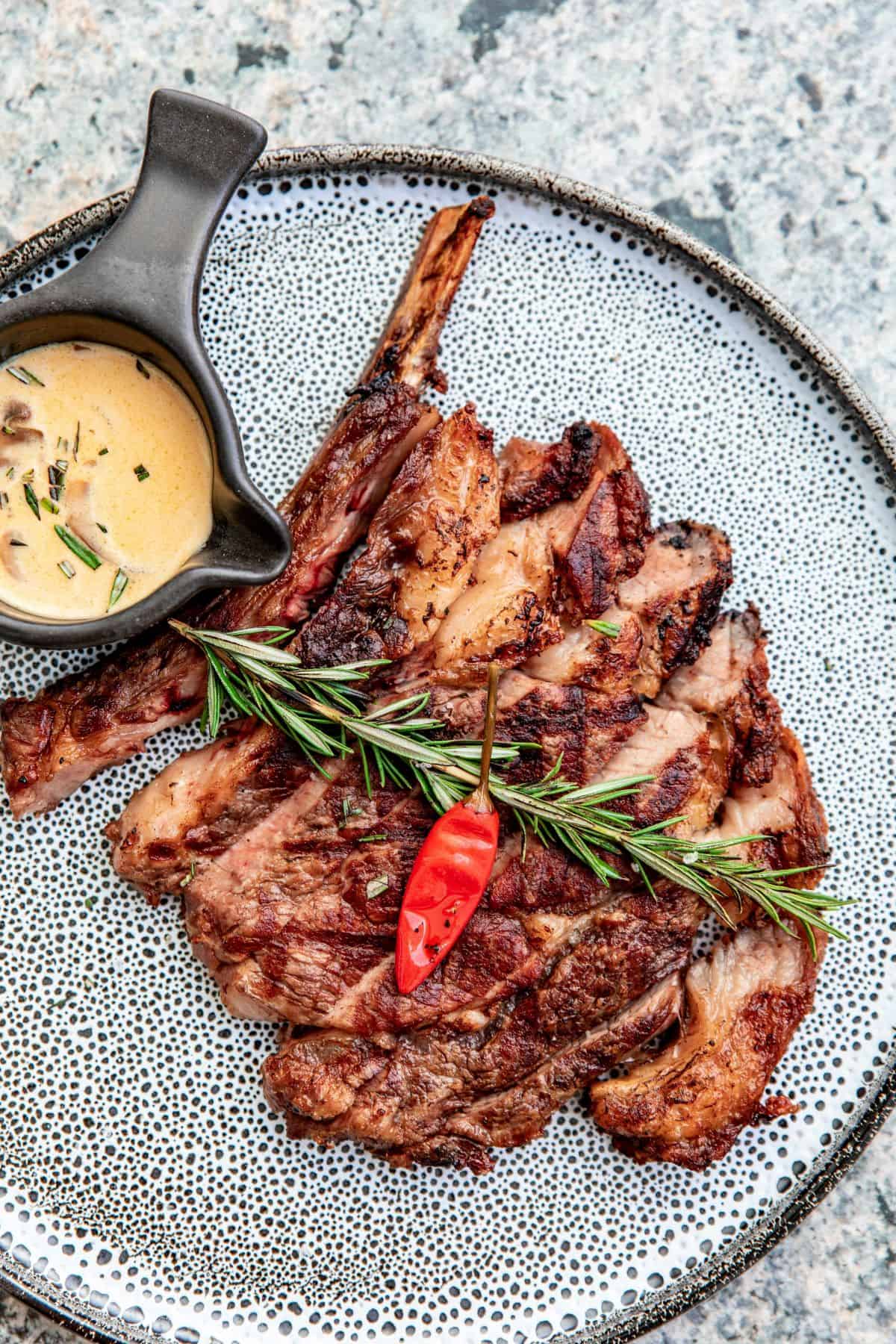
Plating: High-end restaurants pay attention to plating, ensuring the steak looks as good as it tastes. This can include garnishes like fresh herbs or a sprinkle of flaky sea salt.
8. Consistent Training and Experience
Achieving and maintaining the perfect steak requires skilled chefs who understand the nuances of cooking meat. Steak restaurants invest in:
Chef Training: Experienced chefs train new cooks on the specifics of steak preparation, from selecting cuts to mastering cooking techniques.
Quality Control: Regularly tasting and evaluating the steaks ensures that every dish meets the restaurant’s high standards.
Experience Culinary Excellence with Perfectly Crafted Steaks
The perfection of a steak at a high-end restaurant is the result of meticulous attention to detail at every step of the process. From selecting the finest cuts of meat and seasoning them properly, to mastering cooking techniques and ensuring proper rest, each element plays a crucial role.
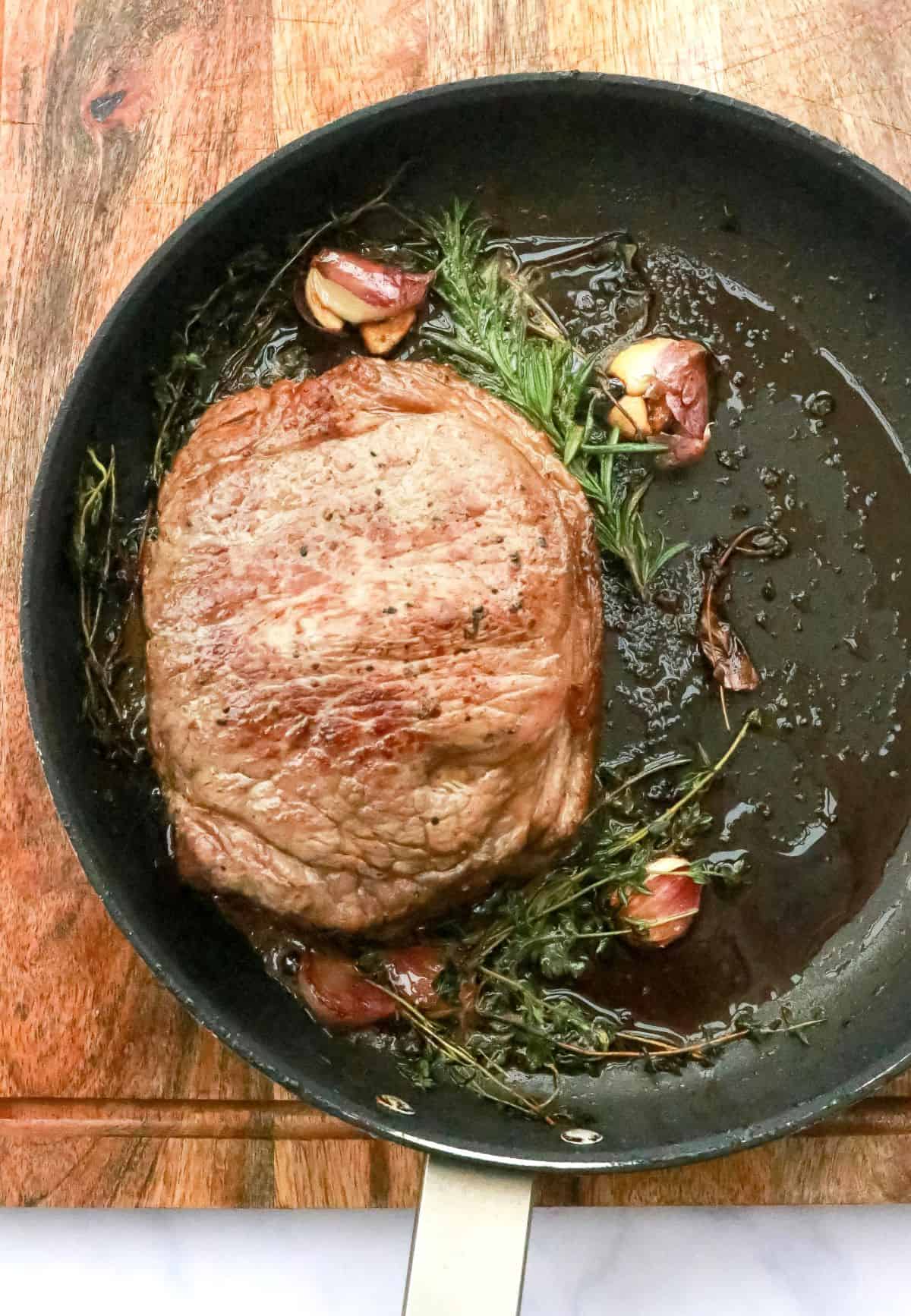
Coupled with skilled chefs and a passion for quality, these practices ensure that every steak served is a testament to culinary excellence. For diners, this means a consistently exceptional steak experience, making every visit to a steak restaurant a memorable one.

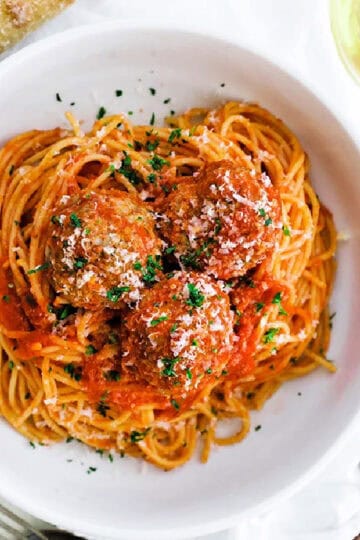


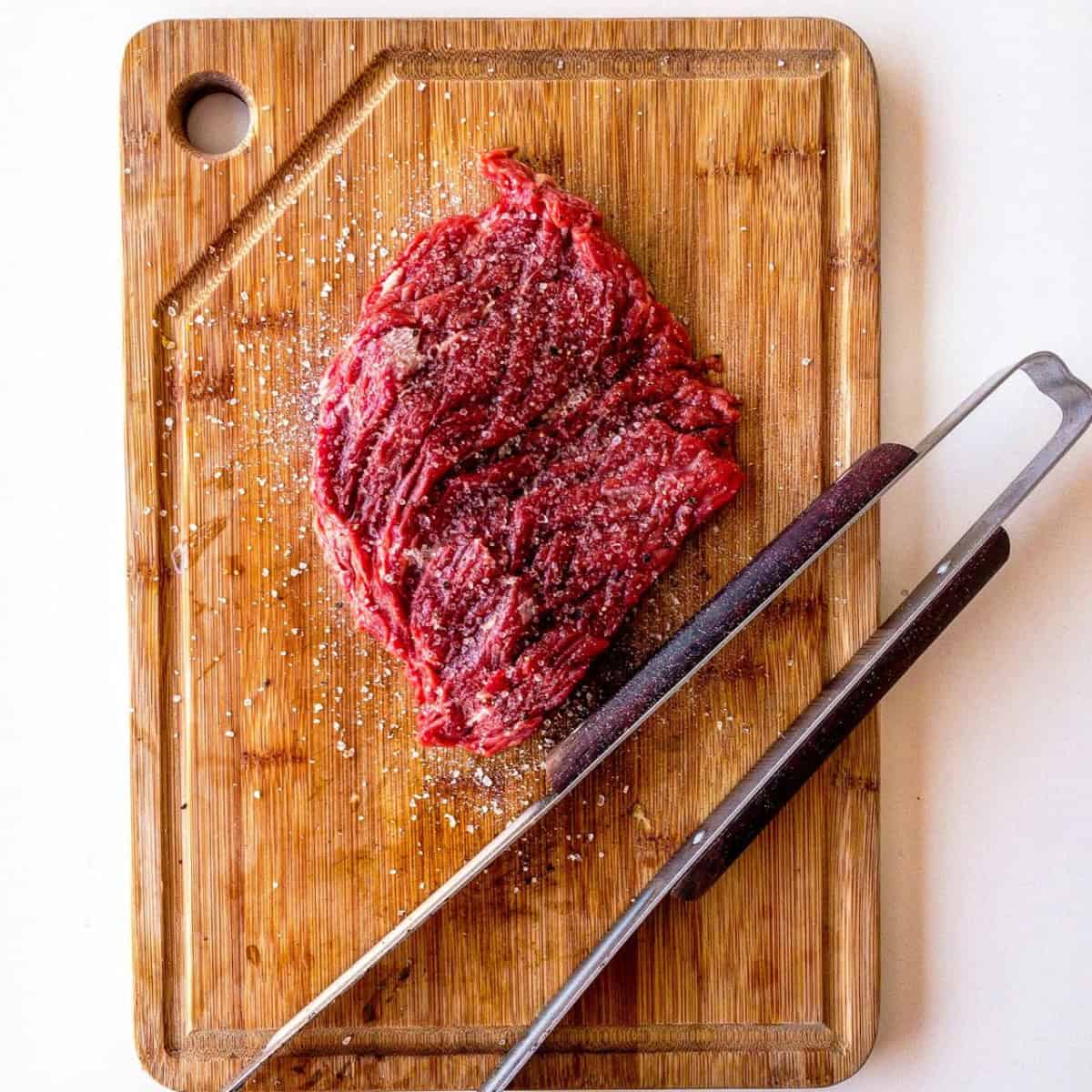
Leave a Reply